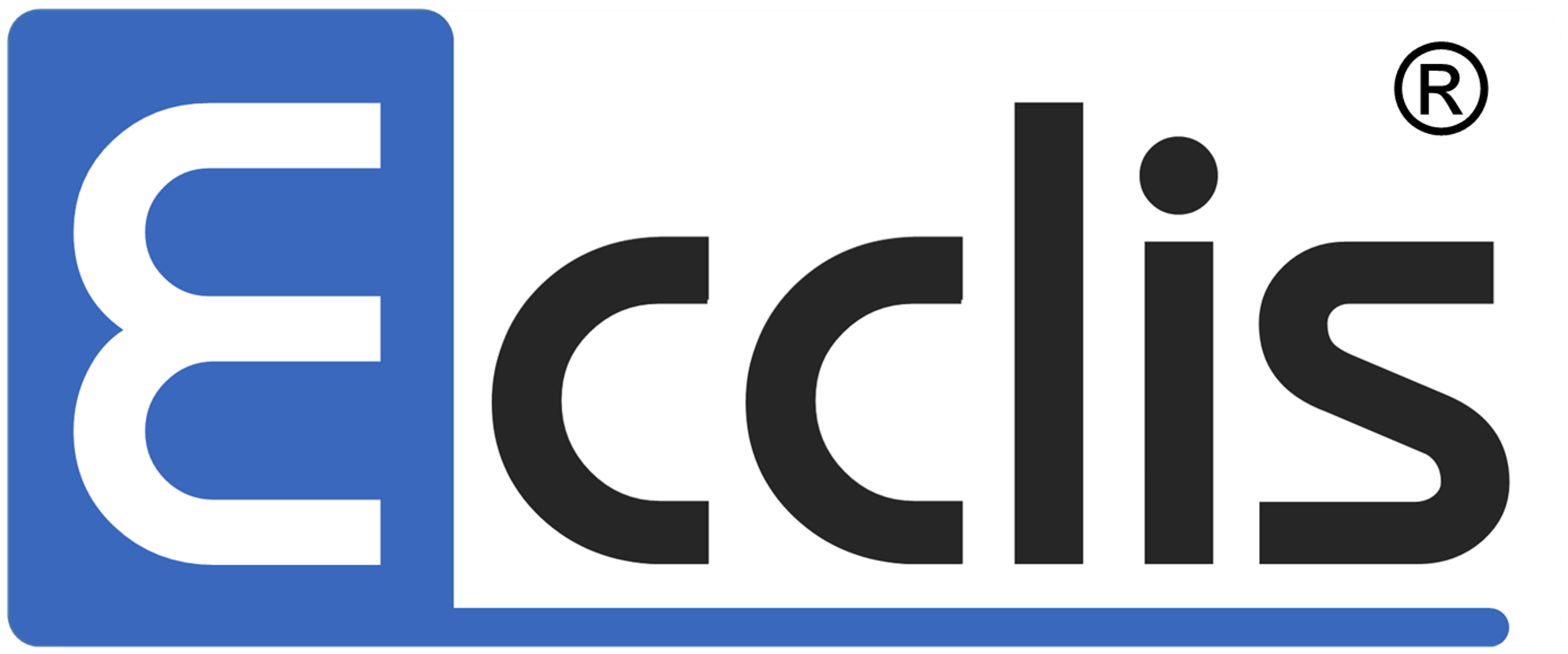Life Cycle Management
Rx to OTC Switches
Transitioning (/redesigning) prescription-only (Rx) products to Over the Counter (OTC) status is a transformative strategy that expands market access and enhances consumer convenience. Rx to OTC switches not only unlock significant growth opportunities but also empower consumers to take greater control of their health and wellness.
Our expertise in Rx to OTC switches includes:
- Market Assessment: Supporting comprehensive market analyses to identify suitable candidates for OTC conversion based on consumer demand, market trends, and competitive landscapes.
- Regulatory Assessment and Navigation: We support clients through the intricate regulatory pathways required for Rx to OTC transitions, ensuring compliance with local and international standards.
- Labelling and Consumer Communication: Support the development of clear, user-friendly labelling and educational materials to support safe and effective use by consumers.
- Clinical and Safety Evaluations: Support robust clinical data supports the safety and efficacy of the product in an OTC setting, meeting regulatory and consumer expectations.
- Launch and Commercial Strategy: Crafting tailored launch plans to maximize impact, including pricing strategies, distribution channels, and promotional activities.
By leveraging our deep industry knowledge, we help clients capitalize on Rx to OTC switches, driving growth while enhancing accessibility and consumer trust.
Product Tail Management
Effective Product Tail Management is a critical component of optimizing the long-term performance of a product portfolio. In the Consumer and Animal Health sector, where market dynamics and consumer preferences can shift rapidly, managing the tail end of a product line ensures profitability while maintaining operational efficiency.
Our approach to Product Tail Management involves:
- Data-Driven Portfolio Analysis: We use advanced analytics to help evaluate product performance, identifying underperforming or low-margin SKUs that may no longer align with strategic objectives.
- Strategic Rationalization: By assessing market trends, regulatory considerations, and consumer demand, we help prioritize high-value products while phasing out or repositioning those with declining relevance or profitability.
- Cost Optimization: Help streamlining production, distribution, and inventory processes for tail-end products helps reduce operational costs without compromising quality or compliance.
- Reinvestment Strategies: Advice on savings realized through tail rationalization can be reinvested into high-growth opportunities, such as new product development, marketing initiatives, or expanding market presence.
By proactively managing the product tail, companies can maintain a lean, focused portfolio that delivers sustained value, meets evolving market needs, and enhances overall profitability.


